Renewables are 87% of new U.S. generating capacity so far this year
Renewable Energy World
NOVEMBER 23, 2021
biomass, geothermal, hydropower) dominated new U.S. There were also small additions in 2021 by hydropower (28 MW), geothermal (25 MW), and biomass (14 MW). . available installed generating capacity – a share significantly greater than that of coal (18.88%) and more than three times that of nuclear power (8.32%).

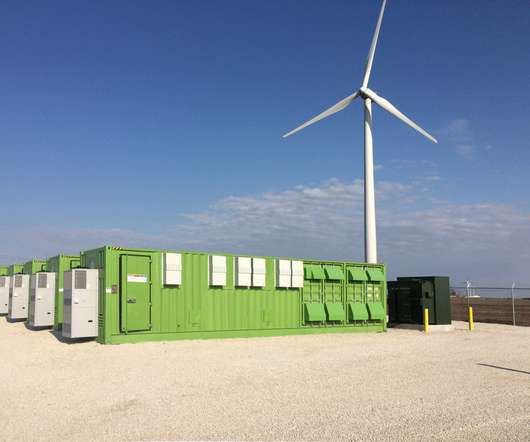


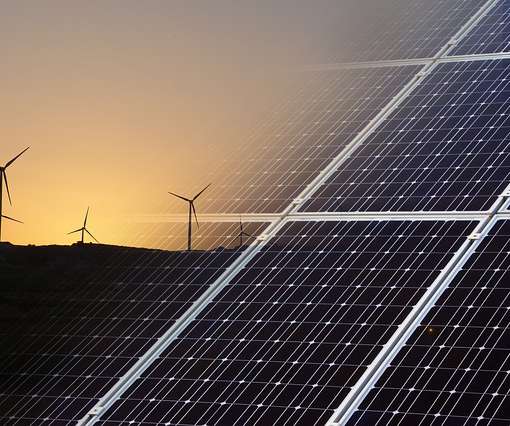
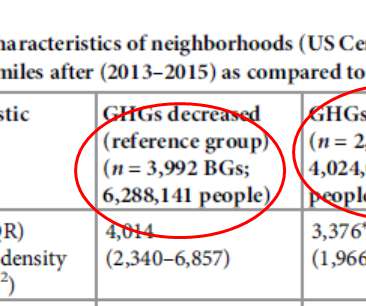
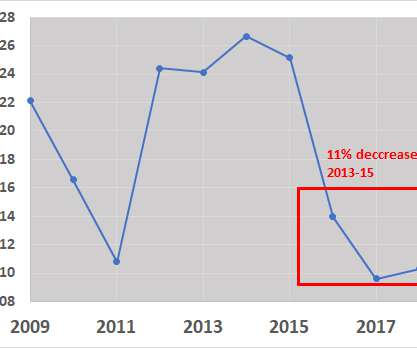

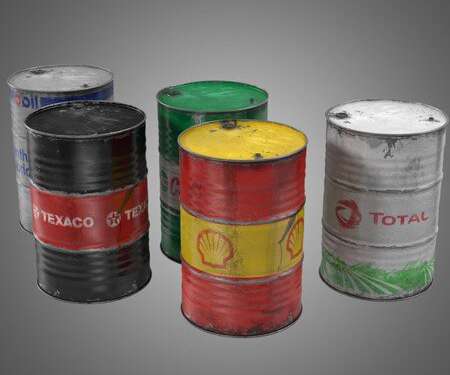








Let's personalize your content